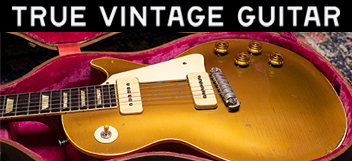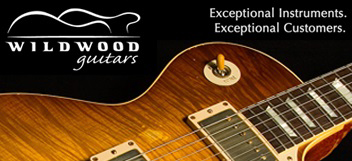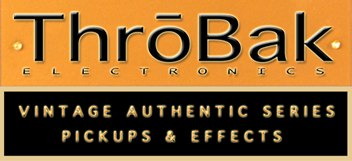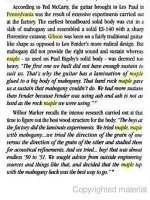I remember reading that Les Paul claimed that on the original LP models (Custom and Standard/whatever), he wanted the Custom to have the maple top, he thought that it was a "deluxe" addition to the supposedly "classier" black Custom, but Gibson got it "mixed up" and put the maple top on the Standard (Goldtop) model. Gibson refutes this, but Les always maintained that it was his preference.
Al
Al





